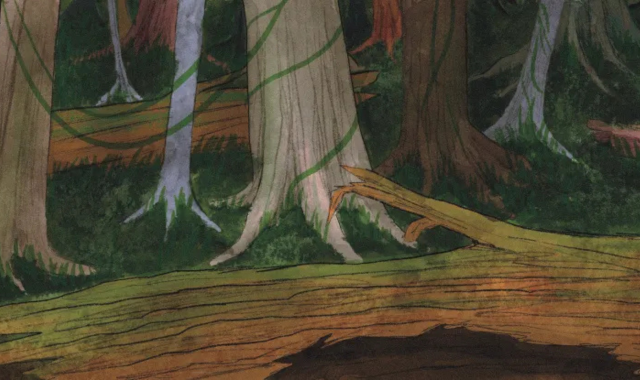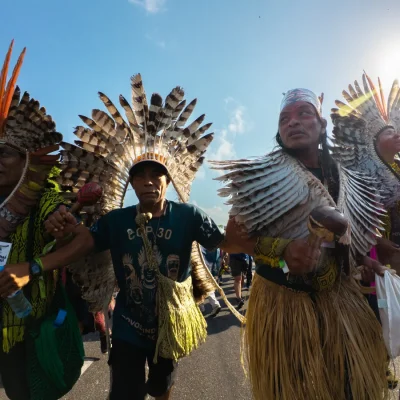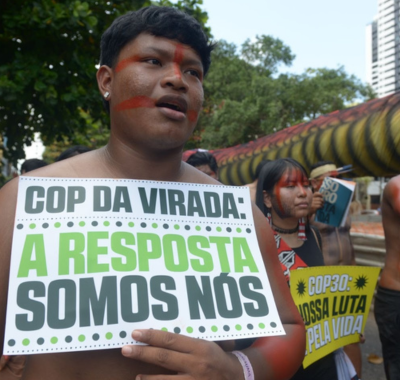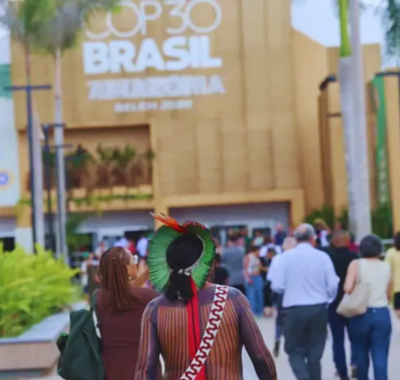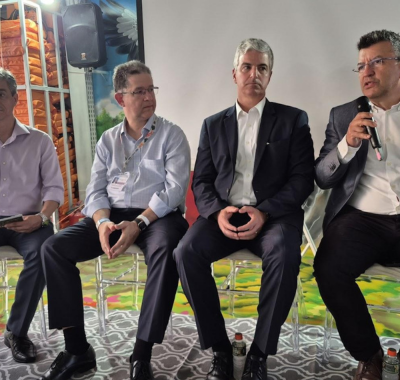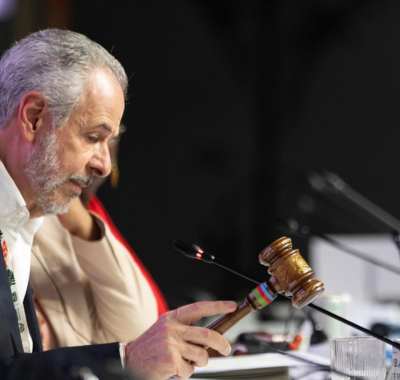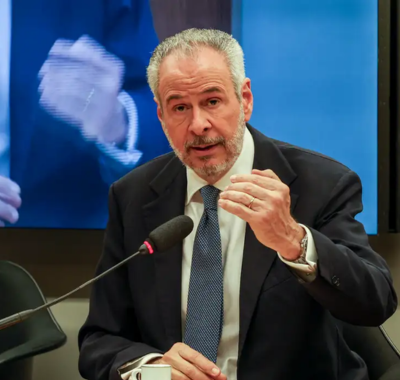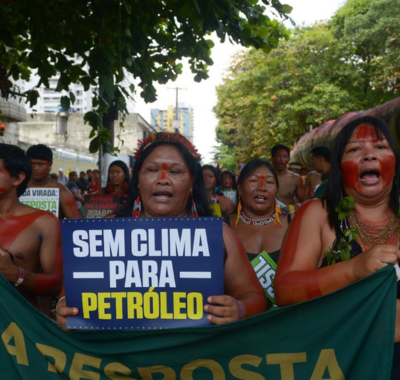Deforestation and burning of forests release the carbon stored in trees, making deforestation the main driver of Brazilian emissions. Understand each step of the process.
Author: Meghie Rodrigues
The land-use change sector alone accounts for about 50% of Brazil’s greenhouse gas emissions, according to the Greenhouse Gas Emissions and Removals Estimates System (SEEG). As the largest source of carbon dioxide emissions in the country, deforestation is the key driver of this land use change — which happens, for instance, when forest areas are tuned into pasture areas.
What do we mean exactly when we state that Brazil’s deforestation is the activity that releases the highest amount of carbon dioxide into the atmosphere? In practical terms, what does the fall of a tree have to do with climate change?
Biology explains
“First and foremost, it is important to keep in mind that trees and plants do not store carbon dioxide,” affirms biologist Giuliano Locosselli, a researcher at the Environmental Biogeochemistry Laboratory of the Center for Nuclear Energy in Agriculture of the University of São Paulo (CENA-USP). Instead of CO2, trees store carbon transformed into large molecules that serve as a source of subsistence and energy,” he continues.
More specifically: just like humans and other animals, trees store carbon mainly in the form of carbohydrates (a mixture of carbon, hydrogen, and oxygen), as explained by Ana Carolina Loss, professor in the graduate program in animal biology at the Federal University of Espírito Santo (UFES). Starch is one example, as it provides energy and serves as a nutrient source for the plant; cellulose and lignin, in turn, are structural compounds that form the trunk, she explains.
In fact, a large share of the carbon held in trees goes to their trunk, says Locosselli. “About half of a tree’s carbon is stored in its trunk — and almost all its content is used for the plant’s subsistence. A small share, however, is stored as oils and starches, which function as emergency reserves for the plant,” she explains. A very small share of the total carbon — between 1 and 5% — goes to the leaves, and the rest is distributed between the plant’s trunk and roots.
The older and larger the tree, the more carbon it stores. “Think of how much carbon the Amazon’s massive, centuries-old trees contain. Losing them would be equivalent to detonating a carbon bomb in the atmosphere. That is why preserving the region is extremely important,” points out Loss.
But what about carbon dioxide?
If a living tree is a carbon repository, carbon dioxide only comes into play when this repository dies and degrades.
According to Divino Silvério, a specialist in forest ecology and professor at the Federal Rural University of the Amazon (UFRA), the death of trees generates carbon dioxide in two ways: through their burning and through their natural decomposition.
Tree burning, explains Silvério, generates a chain chemical reaction that releases CO₂ as one of its main products. “This chemical reaction breaks down the large carbon molecules into smaller molecules, which bind to the oxygen content in the fire and form carbon dioxide,” he continues. In this process, nearly all the carbon stored in a tree becomes CO₂. As long as there is wood or leaves to burn, there is carbon to be released.
Natural decomposition undergoes a slightly different process. It is the other mechanism through which the death of trees results in the release of carbon dioxide. “When trees are alive, their immune system functions to prevent fungi and bacteria from degrading them. When they die, these microorganisms come into action,” says Lucas Mendes, a specialist in soil microbiota and researcher at CENA-USP.
Fungi take action first, releasing an enzyme that “digests” cellulose and lignin, breaking down these molecules into smaller parts to feed on them. “It is something very hard to be accomplished. Green fuels would be easily produced if we were as efficient as these fungi,” Locosselli jokes.
Fungi’s action facilitates the work of bacteria that feed on these partially processed molecules. In this process, the respiration of these fungi and bacteria produces the carbon dioxide that is released into the atmosphere. “Approximately 70% of the tree’s carbon turns into CO₂. The remaining 30% get trapped in these microorganisms. When they die, they become necromass containing remnants of cell-membrane lipids that adhere to the minerals in soil particles and remain there as stable carbon,” Mendes explains. This remaining carbon, that is not transformed into CO₂, fertilizes the soil of forests and promotes the emergence of other plants.
The problem is that when we talk about deforestation in Brazil, very seldom do we discuss the natural degradation process that gradually and very slowly releases carbon dioxide into the atmosphere. This is yet without considering the volume dimension. “Fire reduces to a matter of days a process that would otherwise take decades — or, for larger trees, even centuries” — Silvério warns.
This report was produced by InfoAmazonia, through the Socioenvironmental Collaborative Coverage of COP 30. Read the original article at: https://infoamazonia.org/2025/11/10/how-deforestation-converts-trees-into-atmospheric-carbon/

